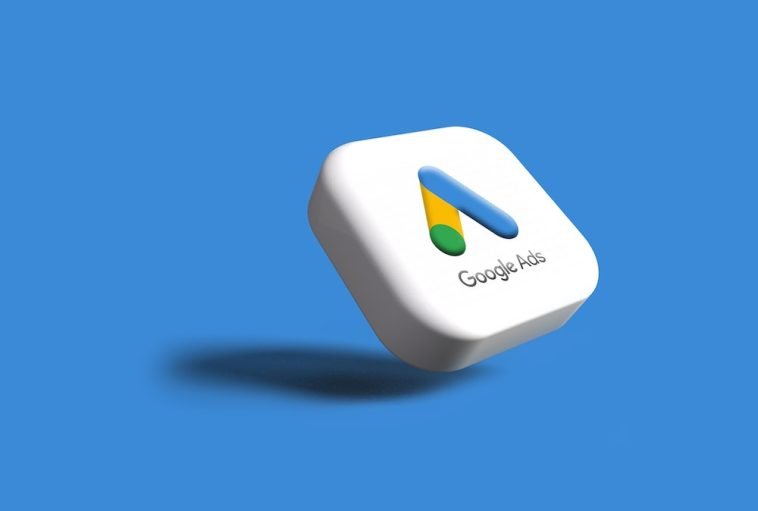Introduction.
When it comes to affiliate marketing, one of the biggest questions I face is whether investing in paid ads is worth it.
It’s a strategy that promises faster results, but does it deliver a solid return on investment?
If you’re just starting or trying to scale your affiliate marketing efforts, understanding the impact of paid advertising is crucial.
Paid ads, whether on Google, Facebook, or other platforms, offer a way to reach a broader audience quickly.
But there’s a trade-off — cost. While organic traffic is free, it often takes time to build. Paid ads, on the other hand, require an upfront financial commitment.
The real question is: Does that investment lead to higher conversions and, ultimately, greater profits?
According to a study by SEMrush, businesses that use paid advertising see a 50% increase in their visibility, but only if they know how to target their audience effectively.
This makes it clear that while paid ads can boost traffic, the key lies in how well you manage and optimize those ads.
Understanding your target market, crafting compelling ad copy, and monitoring your campaigns are all essential for success.
In this blog post, I’ll dive into the pros and cons of using paid ads for affiliate marketing, backed by real data and practical insights.
Are Paid Ads Worth It For Affiliate Marketing?
Affiliate marketing can be a fantastic way to generate passive income, but like anything else in the digital space, success doesn’t come without its challenges.
One of the biggest questions I’ve faced as an affiliate marketer is whether to invest in paid ads to boost my earnings. Is it worth it, or am I just throwing money into a black hole?
Let’s dig into the pros and cons to see if paid ads are a smart move for your affiliate marketing strategy.
The Basics: What Are Paid Ads in Affiliate Marketing?
Paid ads are a form of advertising where you pay to have your content promoted on various platforms — Google, Facebook, Instagram, or even niche sites relevant to your audience.
These ads are designed to drive traffic to your affiliate links, ideally converting those clicks into sales, and ultimately, commissions.
The Appeal of Paid Ads
The allure of paid ads is clear: they offer instant traffic. Unlike organic strategies, which take time to build momentum, paid ads can bring visitors to your site almost immediately.
This can be especially appealing if you’re promoting time-sensitive offers or trying to capitalize on trending products.
Here’s why paid ads might be worth considering:
- Quick Traffic: Unlike SEO or content marketing, which can take months to yield results, paid ads can generate traffic within hours or even minutes.
- Targeted Audience: With tools like Facebook Ads Manager or Google AdWords, I can precisely target the audience most likely to convert, based on demographics, interests, and even past behaviours.
- Scalability: If an ad is performing well, it’s easy to scale it up to reach a larger audience. This can potentially multiply your earnings.
The Risks and Costs of Paid Ads
However, there’s a flip side to this coin. Paid ads aren’t a guaranteed win, and they come with their own set of challenges:
- Costs Can Add Up: The most obvious downside is the cost. Paid ads require a financial investment, and if not managed carefully, you could end up spending more than you earn. According to HubSpot, the average cost per click (CPC) across all industries in Google Ads is $2.69. This might seem small, but it adds up quickly.
- Competition Is Fierce: Depending on your niche, competition for keywords can be intense. If you’re in a highly competitive market, you might have to bid higher to get your ads seen, further driving up costs.
- No Guaranteed Returns: Even with targeted ads, there’s no guarantee of conversion. Factors like ad copy, landing page design, and even the time of day can affect your success. The average conversion rate across all industries in Google Ads is just 4.40%. This means most of the traffic you pay for won’t convert.
- Ad Fatigue: Over time, your target audience might see your ad so often that they begin to ignore it. This phenomenon, known as ad fatigue, can reduce the effectiveness of your campaign, meaning you’ll need to constantly tweak and refresh your ads to maintain performance.
When Are Paid Ads Worth It?
So, are paid ads worth it for affiliate marketing? The answer depends on several factors:
- Your Budget: If you have a limited budget, you might want to start small and experiment with low-cost ads. Test different platforms and strategies to see what works best before scaling up.
- The Profit Margins: Consider the commission structure of the products you’re promoting. High-ticket items or recurring commissions might justify the cost of paid ads more than low-margin products.
- Your Experience Level: If you’re new to affiliate marketing or paid advertising, it’s easy to make costly mistakes. On the other hand, if you have experience and a solid understanding of your audience, paid ads can be a powerful tool.
- Niche Relevance: Certain niches are more conducive to paid ads. If you’re in a niche with high demand and low competition, your ads are more likely to convert.
How To Maximize Your ROI
If you decide to take the plunge into paid ads, here are some tips to help maximize your return on investment (ROI):
- Start with Retargeting: Retargeting ads target users who have already visited your site or interacted with your content. These users are more likely to convert, making retargeting a cost-effective option.
- Use Split Testing: Also known as A/B testing, this involves running multiple versions of an ad to see which performs best. Even small changes in ad copy or design can significantly impact performance.
- Monitor and Adjust: Keep a close eye on your ad performance metrics. If an ad isn’t performing well, don’t be afraid to pause it, tweak it, or try something new.
- Focus on Quality: Ensure that your landing pages are optimized for conversions. A well-designed landing page that clearly explains the benefits of the product you’re promoting can significantly boost your conversion rate.
Conclusion.
In conclusion, paid ads can be a highly effective tool for affiliate marketers looking to drive targeted traffic and increase sales.
However, it’s essential to approach them strategically and with a clear understanding of your target audience and campaign goals.
By carefully considering factors such as your budget, niche, and the specific platforms you choose, you can optimize your paid ad campaigns for maximum ROI.
Remember to track your performance closely, analyze your results, and make necessary adjustments to refine your strategy over time.
So, the question is: Are paid ads worth it for you and your affiliate marketing goals? Only you can determine that based on your unique circumstances and objectives.





GIPHY App Key not set. Please check settings